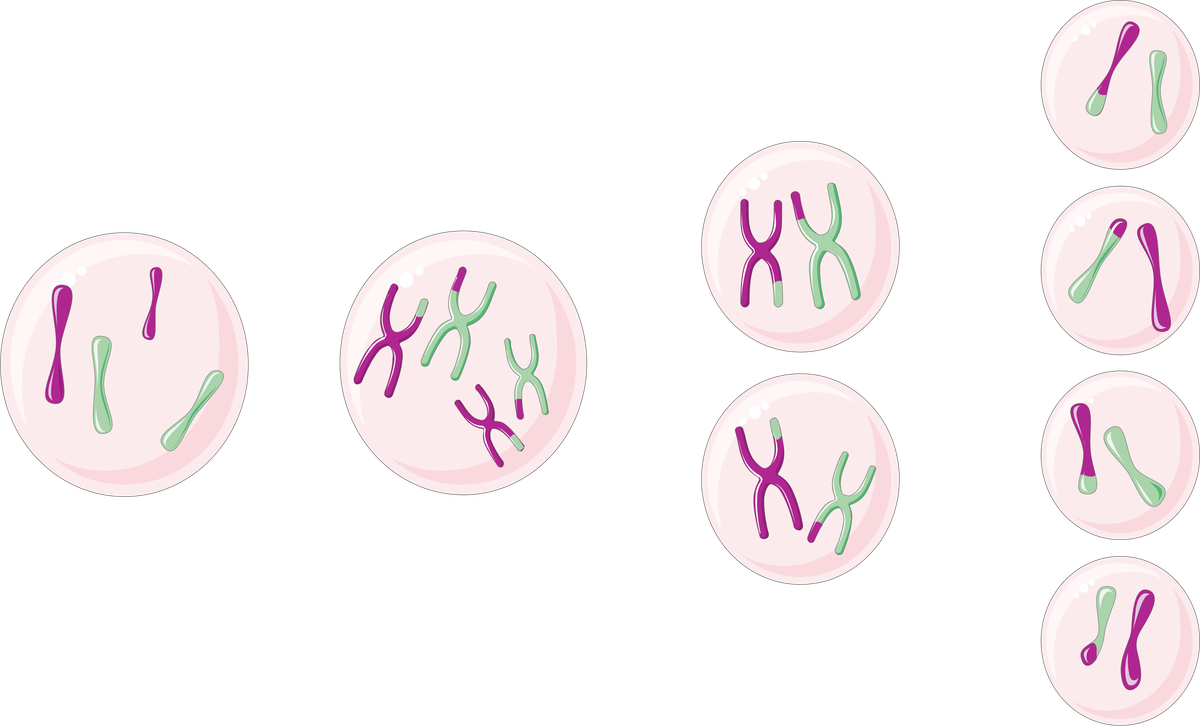Driver Mutations - what are they?

Your cells are dividing all the time. When they do, they divide and make new cells using your genetic code. Sometimes, when they divide, they mutate.
Mutation refers to a change in the cell's DNA sequence. On average, cells accumulate 1.14 mutations per division in the body and 1.34 mutations in the brain.
Mutations are errors of division. When the rate of mutation increases, you become more likely to develop cancer. In cancer cells, mutations can increase by up to 1000 times.
The mutations that end up becoming cancer cells are also known as driver mutations.
For completeness, the mutations that do not become cancer cells are known as passenger mutations.
Naturally, it would be valuable to identify the genetic causes of mutations that become driver mutations to prevent them from occurring.
According to a research study done by Musalula Sinkala, the top five most frequently altered genes in human cancers were TP53 (36.6%), MUC16 (18.9%), CSMD3 (13.7%), LRP1B (13.5%), and PIK3CA (12.4%). BRCA1 and BRCA2 cause breast cancer and fallopian tube cancer.
So can you test yourself to find out if you are susceptible to these gene mutations?
Currently, the advice is to test only if you are at increased risk. For example, several people in your family have a history of cancer.
Tests are not conclusive. If you test and the result is negative, but a close family member had that gene variant, you did not inherit it.
Such a result is known as a true negative. Your risk is similar to that of the rest of the world, since you did not inherit the gene.
If your test is positive but you have no family history, the result would be treated as "not useful."
Cancer is a condition that can occur for multiple reasons. Genes being only one such reason. Smoking, exposure to harmful chemicals, and an increase in oxidative stress are other reasons that are agnostic to driver mutations.
In such cases, the test did not really tell you anything.
Reach out to me on twitter @rbawri Instagram @riteshbawriofficial and YouTube at www.youtube.com/breatheagain






